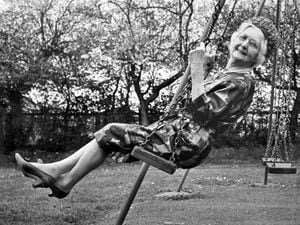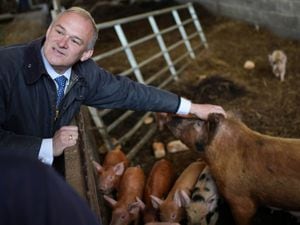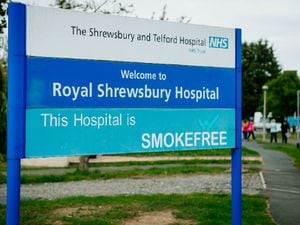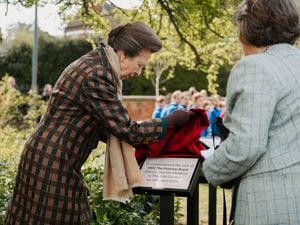West Midlands green belt shrinks slightly - but it's still the second biggest in the country
There are 653,618 acres of green belt land in the West Midlands, making it the region with the second highest proportion of protected land in England.
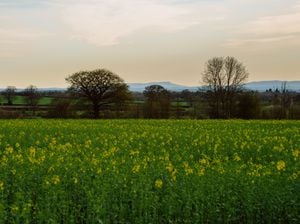
A total of 20.3 per cent of land in the region benefits from green-belt protection, according to new Government figures.
This is a slight decrease compared to last year, when the figure stood at 20.4 per cent.
This is in part due to development plans around the Kidderminster area, although the area of green belt land in Birmingham rose slightly.
The figures, released by the Department for Levelling Up, Housing and Communities, show there are 4,048,624 acres of green-belt land in England, accounting for 12.6 per cent of the country's land area.
This has increased by 0.1 per cent compared to the previous year, with some local authorities adding to their green belt and others making it smaller.
A green belt designation is a restrictive planning rule designed to stop the spread of urban sprawl and prevent neighbouring towns merging together. they also seek to preserve the historical aesthetics of small towns and encourage developers to re-use derelict urban land rather than build on the countryside.
The green belt restrictions have been the subject of political debate in recent months, with some arguing that they place too heavy a constraint on the ability to provide enough homes for people to live in.
The Labour Party said it would review the rules on green belt restrictions as a way to allow more houses to be built, with Sir Keir Starmer describing 'dreary' green belt land such as disused car parks as 'grey belt'.
He wants to build 1.5 million homes in the first five years of Labour taking office and build entirely new towns, as Milton Keynes and Stevenage were after the Second World War.
But recent proposals by Bradford Estates to create a 'garden village' in the green belt at Tong, near Albrighton, including 2,900 new homes, have been met with fierce opposition by Mark Pritchard, MP for The Wrekin.
London has the highest proportion of green belt land with 85,919 acres being protected, accounting for more than 22 per cent of its total surface area.
The department says about 10 local authorities a year typically changed the size of their green belts for various reasons.
One of the most notable changes in the West Midlands came in Wyre Forest, which saw a 568-acre reduction in the size of its green belt, from 27,700 acres on March 31, 2022 to 27,132 on the same date this year.
The report said that the reduction in Wyre Forest's green belt resulted from changes which had taken place to allow a 'sustainable village' of 1,400 new homes at Lea Castle, near Wolverley, on the eastern fringe of Kidderminster. This includes 600 homes which have already been built on the site of the former Lea Castle Hospital.
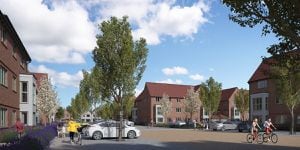
The Wyre Forest green belt boundary also saw changes at locations around Kidderminster, Stourport-on-Severn, Bewdley and Blakedown.

